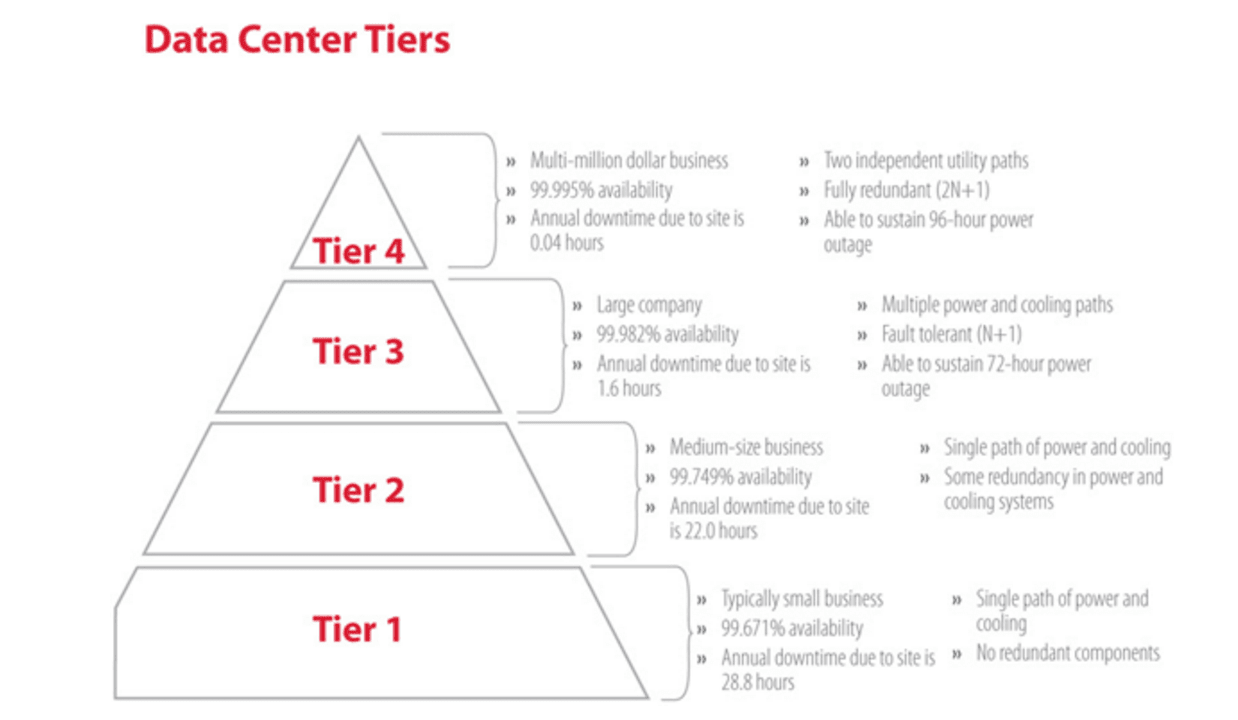Who Pays Redundancy Money? Understanding Company Responsibilities in the UK
Who Pays Redundancy Money? Understanding Company Responsibilities in the UK
Blog Article
Exploring the Operational Dynamics of Firm Redundancy and Its Long-Term Sustainability

Redundancy Approaches for Organization Continuity
In order to guarantee uninterrupted operations, companies should apply efficient redundancy approaches for company connection. Redundancy in this context describes the duplication of important elements or functions within a system to alleviate the impact of possible failures. By including redundancy strategies, companies can improve their resilience versus disruptions triggered by various variables such as all-natural disasters, tools failings, or cyber-attacks.
One common redundancy strategy is the application of back-up systems and information storage space solutions. This includes developing matches of vital information and systems that can be activated in instance of a key system failing. In addition, companies can develop repetitive interaction networks and source of power to keep connectivity and procedures throughout unforeseen occasions.
In addition, cross-training workers to carry out numerous roles within the firm can act as a useful redundancy technique. If essential personnel are not available due to health problem or other factors, this makes certain that vital tasks can still be brought out also. On the whole, efficient redundancy techniques are important for services to support operational continuity and reduce the impact of possible disruptions.
Effect of Redundancy on Business Durability
Given the crucial function redundancy strategies play in making certain business continuity, exploring the effect of redundancy on organizational strength comes to be imperative for comprehending the alternative operational characteristics of a company. Redundancy, when strategically executed, can considerably add to boosting a company's resilience in the face of unforeseen obstacles.
Furthermore, redundancy can strengthen staff member morale and confidence, understanding that there are contingency plans in area to address unexpected circumstances. This sense of security can cause enhanced efficiency and an extra favorable workplace. Additionally, redundancy can cultivate innovation and imagination within a company as workers really feel encouraged to take computed risks, knowing that there is a safeguard to sustain them in situation of failing. On the whole, the effect of redundancy on organizational resilience is profound, shaping the long-term sustainability and success of a firm.
Stabilizing Performance and Adaptability in Redundancy
Accomplishing a harmonious balance between functional efficiency and adaptive adaptability is a critical challenge in the strategic release of redundancy within organizations. Effective operations are important for maintaining efficiency and cost-effectiveness, making certain that resources are utilized efficiently. Nonetheless, extreme emphasis on effectiveness alone can lead to rigidity, making it tough for companies to adjust to unexpected adjustments or difficulties. On the other hand, adaptability enables companies to react nimbly to advancing situations, cultivating technology and strength. Yet, excessive versatility without a solid operational structure can cause inefficiencies and disparity.
To balance effectiveness and versatility in redundancy preparation, organizations have to thoroughly evaluate their functional needs, market Go Here characteristics, and tactical objectives. Eventually, locating the best stability in between efficiency and flexibility is essential for building a lasting and resilient company in the face of unpredictability.
Long-Term Sustainability Via Redundancy Preparation
To guarantee long-lasting stability and stability, organizations need to strategically align their redundancy preparation with long-term sustainability objectives, thereby harmonizing operational performance with flexible adaptability. Lasting sustainability through redundancy planning entails greater than simply short-term cost-cutting actions. It requires an extensive strategic method that prepares for future obstacles and possibilities. Firms need to see redundancy not as a responsive remedy to instant issues yet as a proactive strategy for long-term why not try this out success. By incorporating redundancy preparation with sustainability objectives, organizations can develop a resistant structure that can withstand different market variations and inner changes.

Proactive Steps for Lasting Company Procedures
Exactly how can companies proactively enhance their functional sustainability for long-term success? Executing aggressive steps is vital for companies intending to ensure sustainable operations.
Additionally, fostering a culture of continual enhancement and learning within the organization can enhance adaptability to transforming market problems and client needs. Urging employee participation in decision-making procedures and supplying possibilities for specialist advancement can improve spirits, performance, and general performance. Establishing clear goals, monitoring essential efficiency indications, and regularly evaluating development are vital parts of proactive sustainability monitoring.
Teaming up with vendors, customers, and other stakeholders to advertise sustainable methods throughout the supply chain can create a surge impact of positive effect - redundancy pay if company anchor goes bust. By taking positive steps in the direction of functional sustainability, business can build durability, drive innovation, and protect their long-lasting success in an ever-evolving service landscape
Final Thought

In the world of organizational monitoring, the critical implementation of firm redundancy stands as an essential yet complex technique that requires a fragile equilibrium between operational performance and lasting practicality. By studying the functional dynamics that underpin firm redundancy and examining its wider ramifications for business strength and adaptability, a nuanced understanding of exactly how redundancy techniques can shape the future trajectory of a business starts to unfold.Offered the essential role redundancy strategies play in guaranteeing company continuity, discovering the effect of redundancy on business durability becomes crucial for recognizing the alternative operational characteristics of a company. Overall, the impact of redundancy on business strength is profound, shaping the lasting sustainability and success of a business.
In final thought, recognizing the operational dynamics of firm redundancy is crucial for making sure long-term sustainability.
Report this page